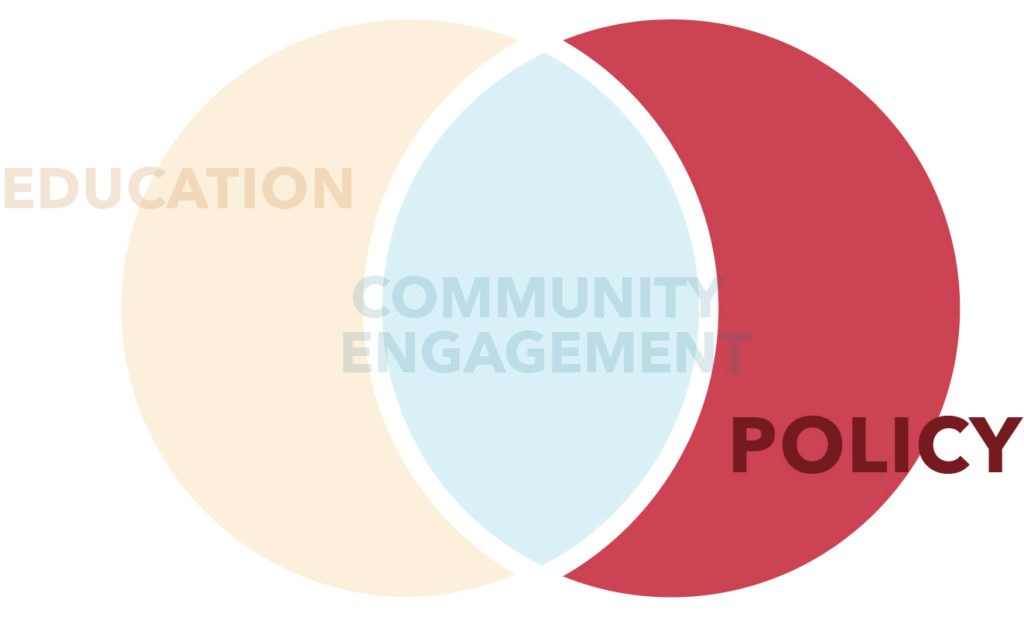Engaging stakeholders, such as elected tribal or city council members, superintendents, or business owners in one-on-one conversations can help move policies. The purpose of these conversations is to better understand what they believe and why they believe it so you can address their specific concerns.

- Identify stakeholders who have the power to make change or adopt a policy. Refer to power vs. interest grid.
- Ask for 1 or 2 volunteers to talk to each identified stakeholder.
- Coach volunteers to start by asking questions and then just listen. Questions may include…
- Are you familiar with the proposed policy, and what is your understanding?
- Do you believe that [insert problem policy addresses] is a problem?
- What’s your opinion on the proposed policy to address problem?
- What would need to change for you to support the proposed policy?
- Prepare talking points and share with volunteers. See Canli Coalition Example below.
- Stick to the facts; facts are friendly!
- Address myths about your topic.
- Customize your message to fit the stakeholders interests. Encourage volunteers to consider what is important to the stakeholder they will be talking to (examples: kids, revenue, health, sovereignty, culture, contsituent’s opinions, or education).
- Briefly discuss any concerns or requests brought up by the stakeholder.
- Thank the stakeholder for their time.
Follow-up
- Can you count on the stakeholders support? If not, do you need to wait before trying again or is there something that can be done right away?
- Do you have enough support from stakeholders to present your policy? If so, proceed to the “Before Presentation” section. If not, go back to the “Policy Advocacy” section.
What if?
The conversation doesn’t go well…
- Be inquisitive about their opinion. The stakeholder may realize that they don’t have a strong case for disagreeing once they try to explain their opinion.
- Just listen and try to understand where they are coming from. Showing respect for their opinion may help with future conversations.
- Affirm their opinion. Example: “I understand that it’s hard for you to support a smoke-free policy as a long time smoker.” or “I appreciate your concern for your constituents who don’t want smoking rules. Trying to please smokers and non-smokers must be difficult.”
Volunteers are unable or unwilling to do one-on-one conversations with stakeholders…
- That’s ok, help them draft an email or letter to share with the stakeholder. It’s good to have a variety of outreach styles.
Hints
- In tight-knit tribal communities, try to identify someone that supports your cause and is also close to a stakeholder (ex. a young niece or nephew, an elder aunt or uncle, or an old classmate).
Čaŋlí Coalition Example
Check out several of our talking point pages we used to engage stakeholders on policies related to: